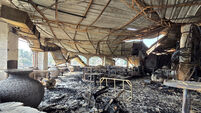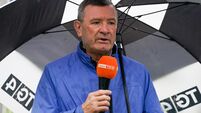‘Human error’ a factor in air crash
Information leaked from the French civil aviation safety bureau’s (BEA) examination of the plane’s recently recovered black boxes has claimed the crash was linked to mechanical issues and the fact the pilot was not in the cockpit when the crisis occurred.
German magazine Der Spiegel has reported that initial findings from the investigation point to the mixture of problems.











